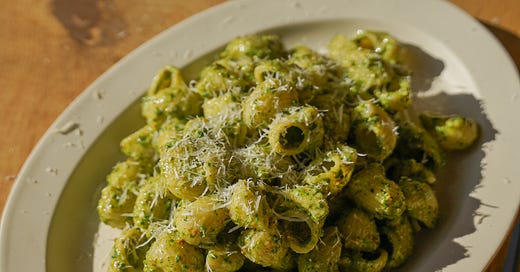The other day I was talking to a new friend and they asked me what my typical work day looks like. I stumbled over my words for a moment and muttered “well, every day looks different and there’s not one typical work day for me.” Which I then realized is not totally true. I went on to explain how I try to organize the days of the week with consistent int…
Keep reading with a 7-day free trial
Subscribe to Have You Eaten Yet? to keep reading this post and get 7 days of free access to the full post archives.




